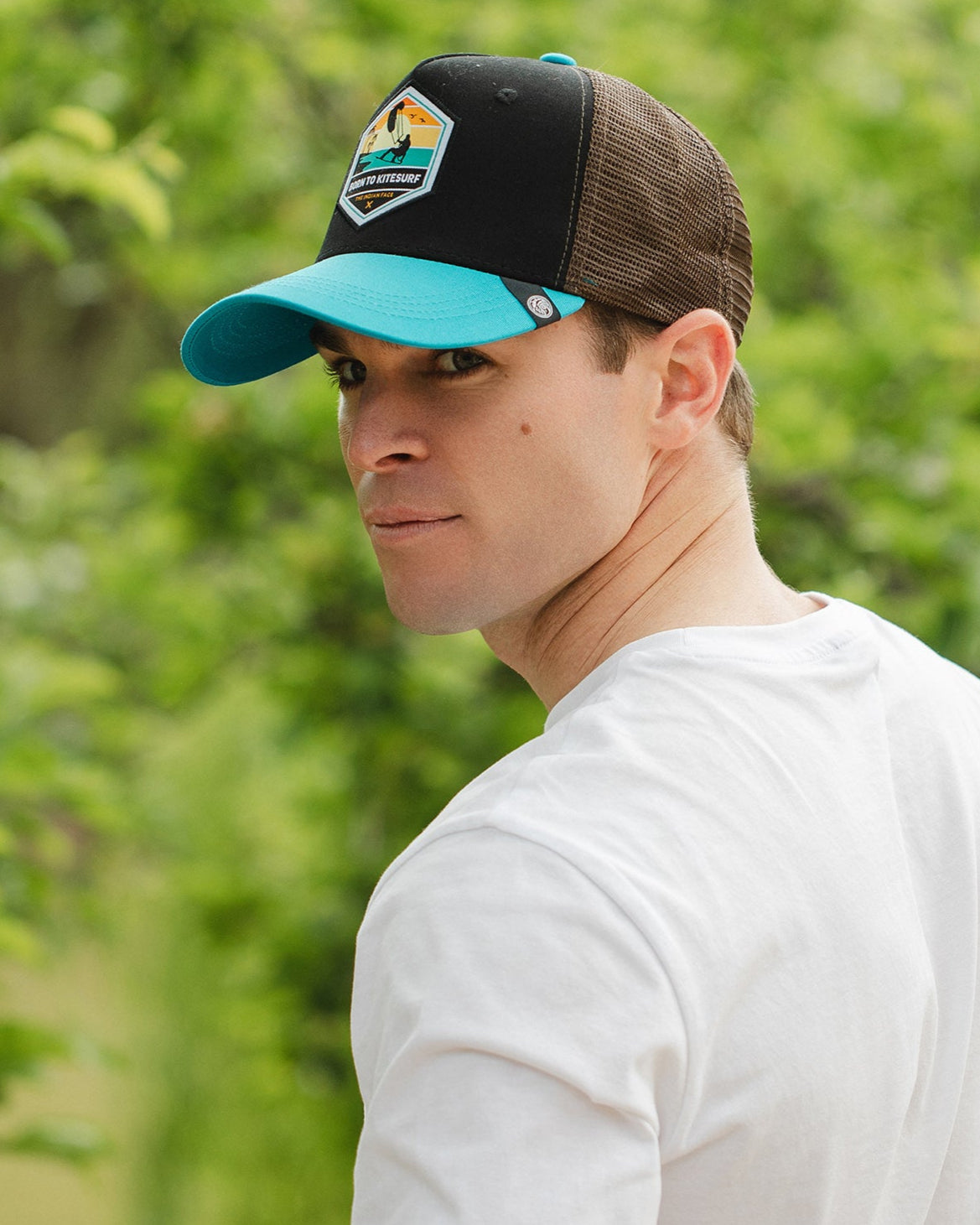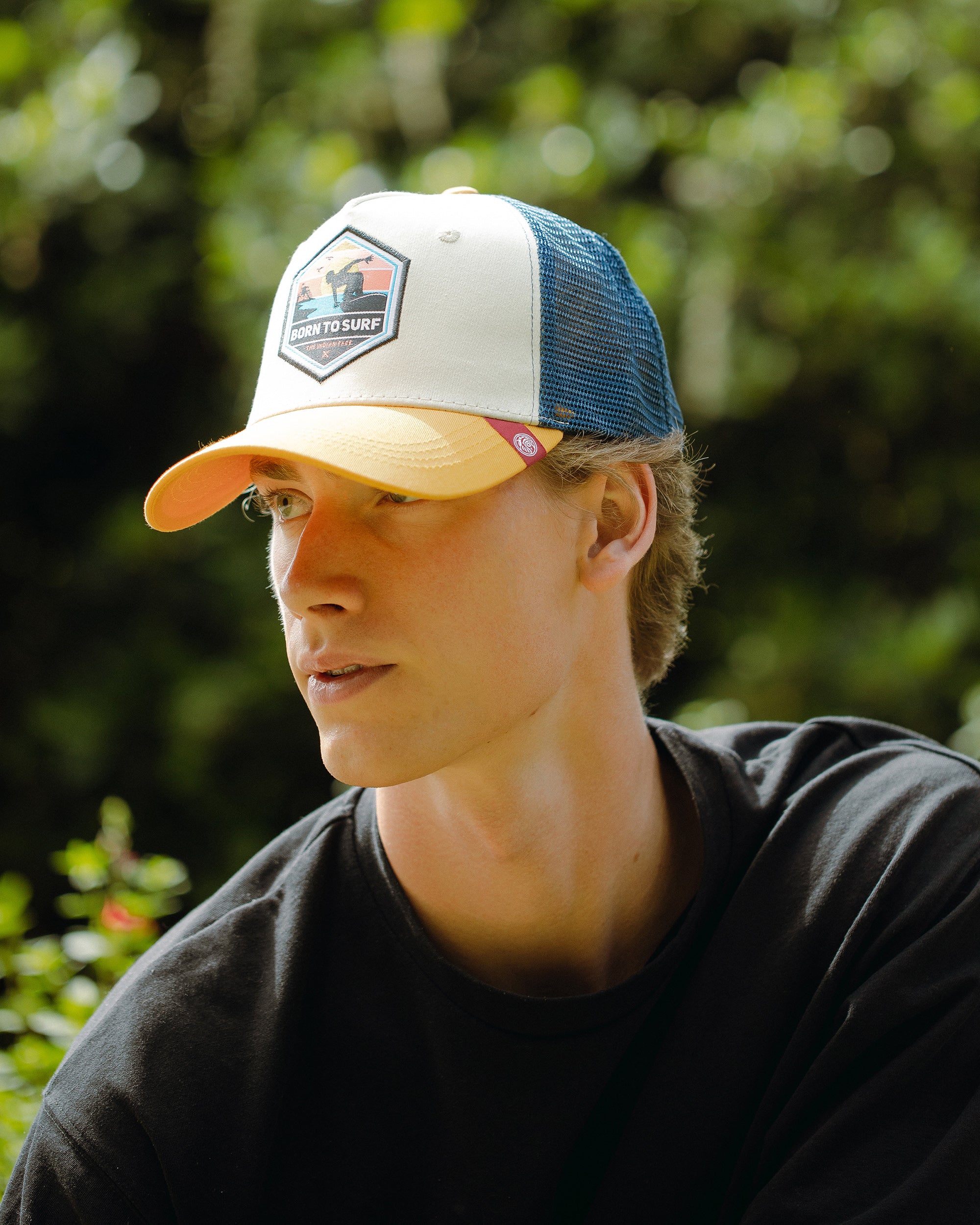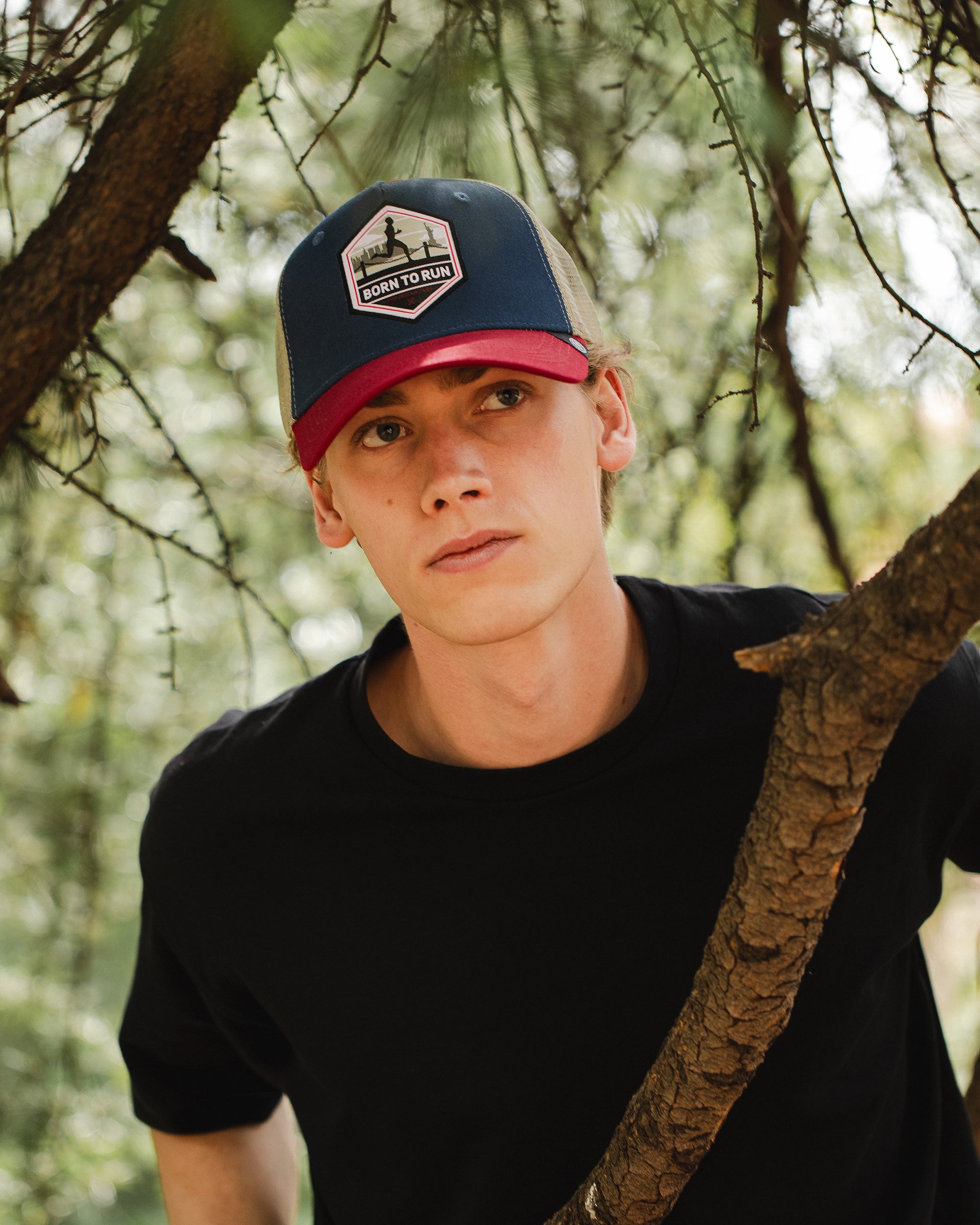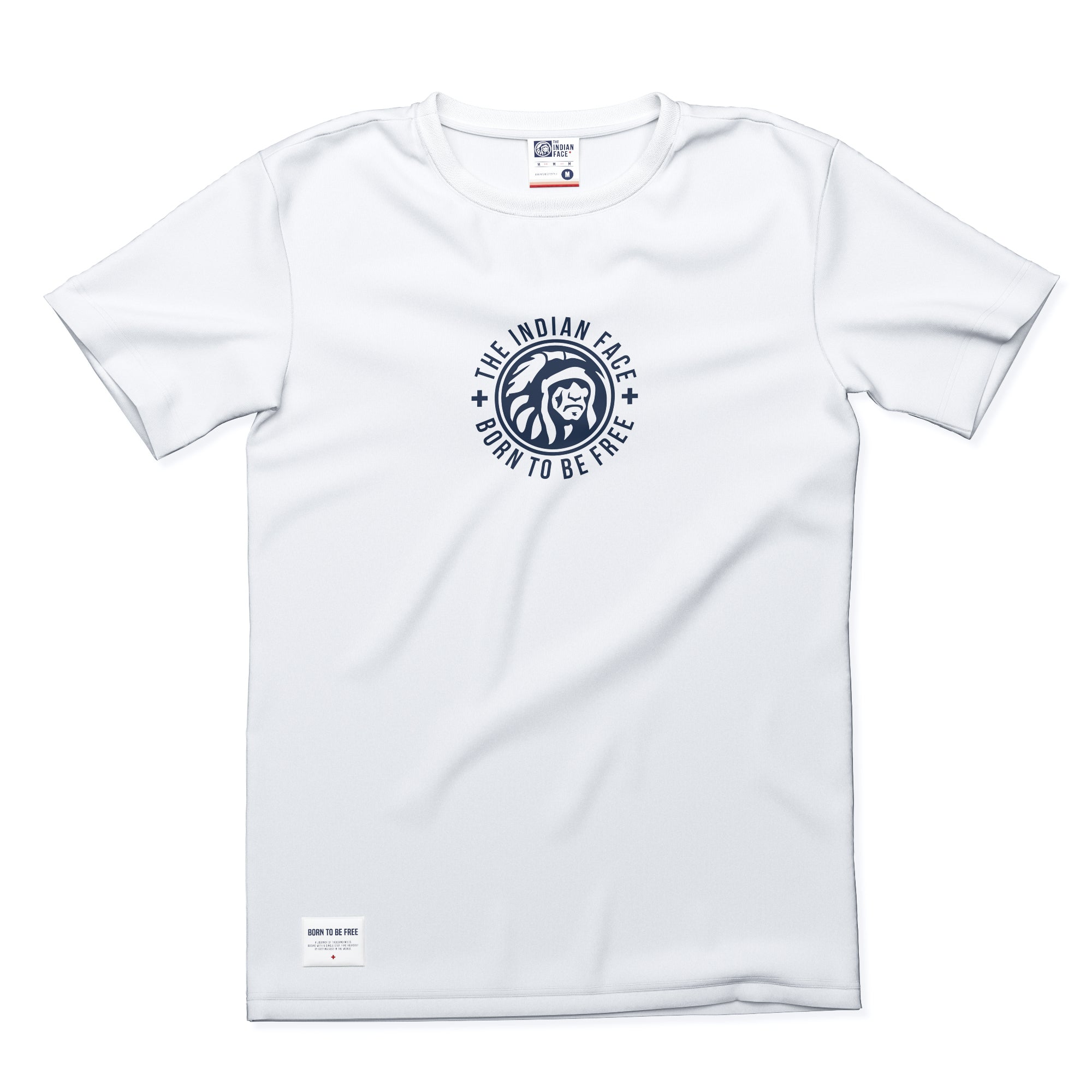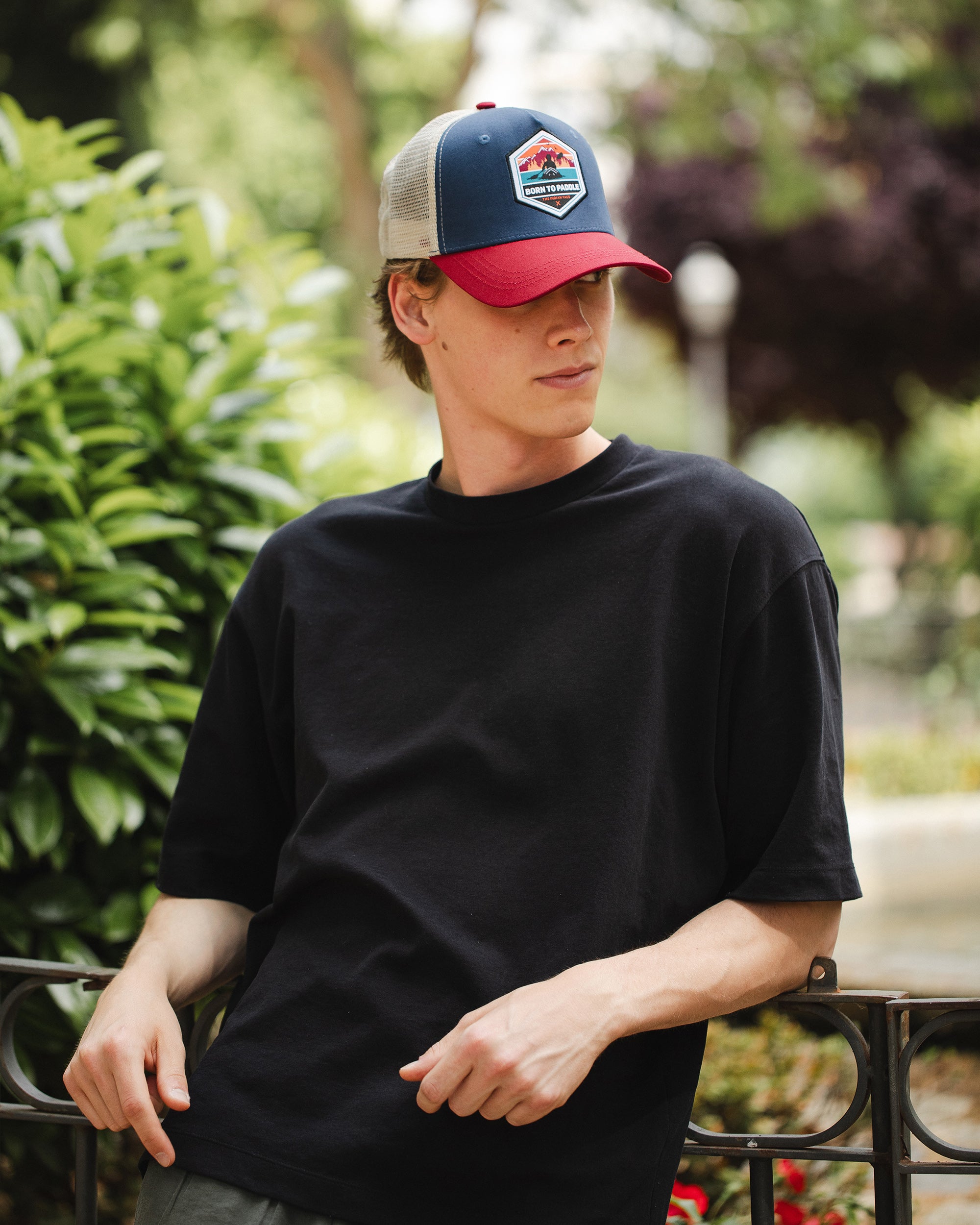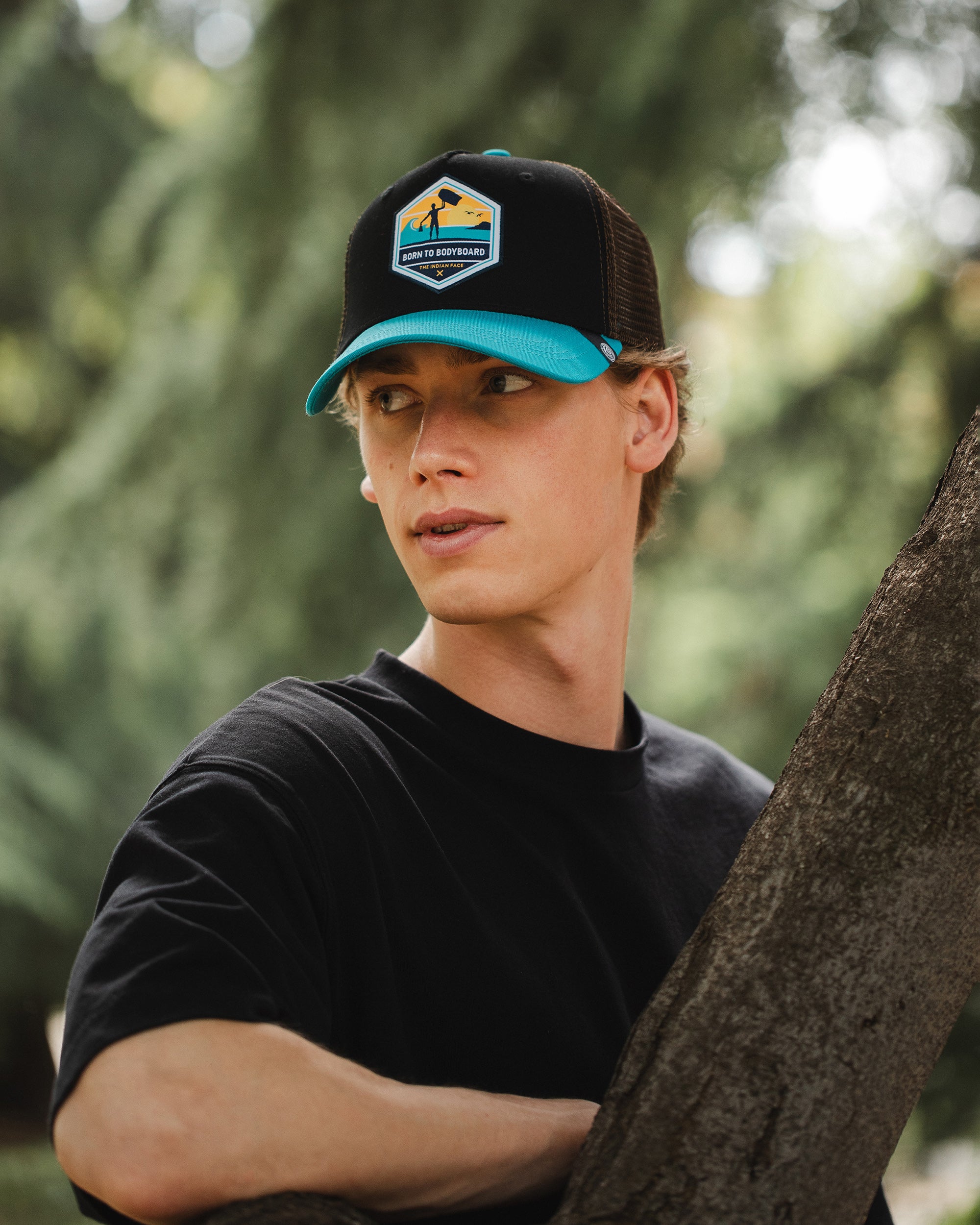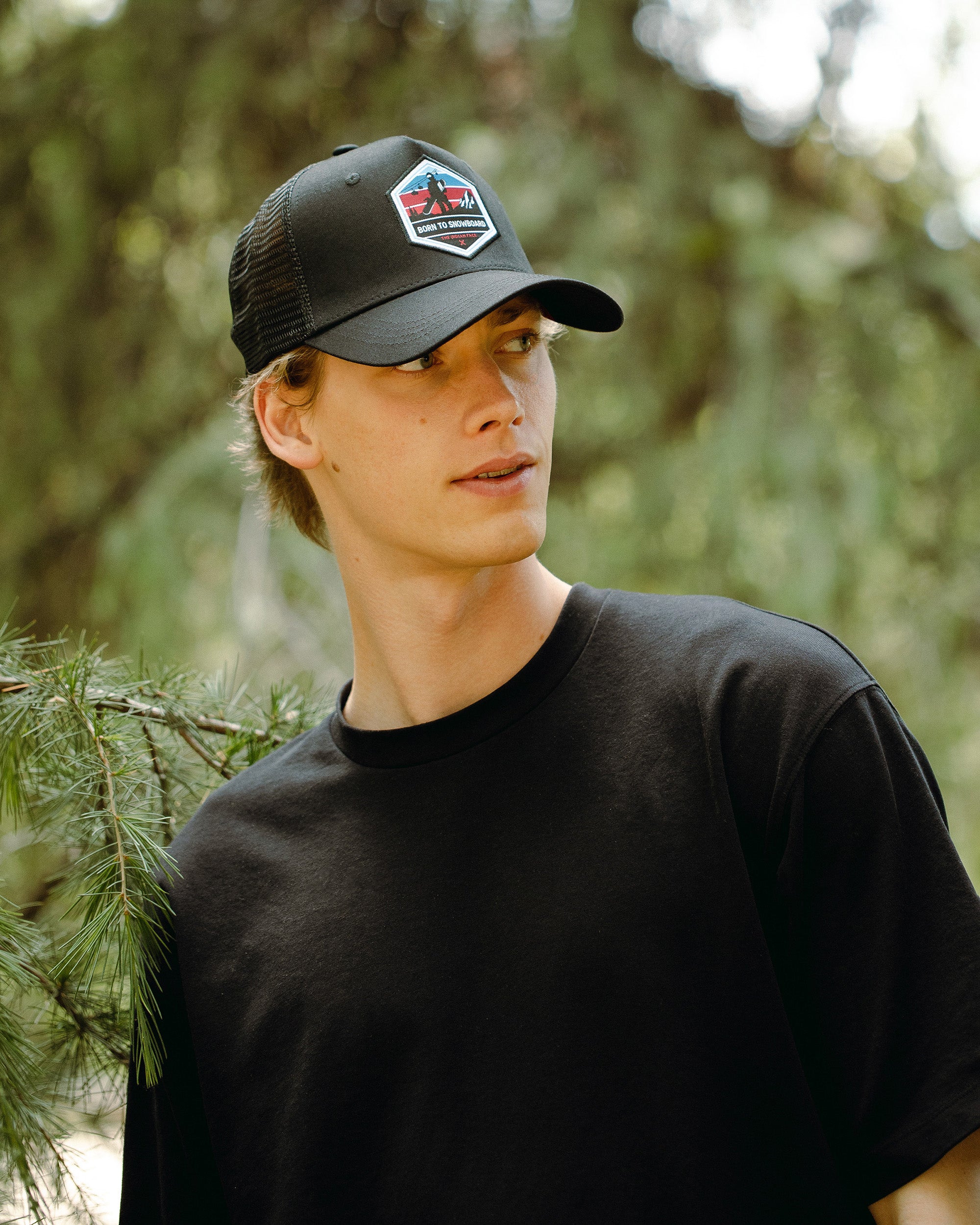Have you ever thought about swimming with sharks, observing the colors of the sharks first hand? coral reefs Or watch a school of fish swim around you? Thanks to diving, you can make these thoughts come true, and the path to achieving them is not as complicated as it seems.
In today's post we'll tell you some interesting facts about diving that will be useful if you're wondering whether to start or not in this sport.
Origins of diving

Since prehistoric times, humans have been attracted to discovering what the sea hides, what it can offer us and how we can reach the most remote corners of its waters. Diving was born as a practical activity that man has carried out in order to fish for food and to discover what lies beyond what is known, and little by little it has evolved into all possible branches: leisure, research, science...
The first major breakthrough in the world of diving was made by Augustus Siebe in the early 18th century, who contributed greatly to the development of the diving suit.
The model developed by Siebe was modified, made lighter and with added details, and at the beginning of the 20th century the suit began to have a practical use. During the first half of the century, fins, snorkels and diving goggles were designed and patented. The French researcher Le Prier was the one who patented the definitive diving suit (at that time), which gave the diver greater autonomy.
Technological advances have also had an impact on the specialisation and optimisation of diving suits, which continue to improve today.
What is diving?
Diving is an extreme water sport that consists of submerging under water, with or without equipment, for as long as the equipment or lungs allow.
This activity, which combines nature and sport, takes us out of our comfort zone and allows us to discover places that would otherwise remain eternally between fish and the darkness of the sea.
How many types of diving are there?

We find several types of diving depending on the equipment they require or the characteristics of the specific dive.
Apnea:
Firstly, there is apnea or free diving, which consists of submerging without any equipment other than diving goggles, fins and a snorkel or a wetsuit. You will remain underwater as long as your body can bear after taking a deep breath before submerging your head in the sea.
Recreational diving:
This is the most common type of diving and, as its name suggests, it is practiced for fun. It is not necessary to have a professional or technical certification, but you must have taken a previous preparation course. The deepest point that can be reached during a recreational diving dive is 40 metres. Normally, this activity is carried out with an instructor and the equipment needed, apart from the wetsuit, fins and diving goggles, is an oxygen tank, a diving vest and a weight.
Recreational diving is not an extreme sport, but to compare it to a land sport it could be a moderate hike in the mountains or a bike ride. However, it is advisable to be in good physical shape, not athletic, but healthy.
Technical diving:
Leaving behind diving as a leisure activity, we focus on technical diving.When it comes to diving, it is no longer enough to have a course that makes us suitable for diving. It is also necessary to develop certain theoretical and practical skills that are essential to be able to do this sport, in which it is possible to go deeper than 40 metres and to access areas such as caves and caverns or dive under frozen surfaces, which are restricted for recreational divers. In addition, a technical diver knows the exact point where he is going to dive, the time he will be under water, the conditions of the environment and the characteristics and limits of his equipment. Therefore, another difference with respect to recreational diving is the autonomy that technical diving has.
Professional diving:
Professional diving requires very specific training and a very technical training routine, as this modality is considered risky. To practice this practice, more complex and specific diving equipment is needed, as are cameras, gas regulators, specific tools that may be needed in the depths of the ocean...
Among the professions that require being a professional diver, we find those that involve the construction or reconstruction of the underwater environment, research activities, rescue or maintenance of the aquatic environment.
What you should know about your first dive

Once you have made the decision to enter the world of diving, in any of its forms, you will have to follow some steps before fully immersing yourself in the sea. First of all, you must choose between taking a scuba diving baptism, or a diving course, (or both) concepts that are very different from each other.
The scuba diving baptism consists of a first contact with the depths of the sea. It has a theoretical part, after which you do the practical test, in which you will dive a few meters below the surface. This baptism takes place in a few hours, and you will discover whether you are really interested in the world of diving or not.
The baptism does not offer you the possibility of being able to dive independently anywhere in the world and limits the depth you can reach outside your country. You do not acquire a diving license.
Diving courses are not so easy to obtain, as you need to pass certain theoretical and practical tests, which, once passed, become a certificate that accredits you to dive freely, and make you a diver. The classes and tests that are carried out during the course are not always in the sea, sometimes dives are also carried out in swimming pools to acquire the necessary knowledge in a completely controlled environment.
In Spain it is mandatory to undergo a medical check-up to confirm that you do not have any health problems and that you are fit to dive.
What types of certification can you acquire?
You can train in the diving sector as much as you want, there are various levels of specialization and the first is the baptism of diving, which as we have mentioned before, will serve to really see roughly what diving consists of.
Open Water and Advanced Open Water:
The next step is to obtain a certification. The most basic level to become certified as a diver is the so-called Open Water, a course that lasts a few days and will provide you with the theoretical and practical skills necessary to be able to dive in the sea independently. The depth limit that you can reach once you have been certified with an Open Water level is 20 meters.The next level after Open Water is Advanced Open Water, which lasts two days and allows you to dive up to 30 metres and practice night diving.
It is advisable to obtain both levels in a row, as they do not require more than a week of involvement and are valid for life and worldwide. Both levels fall within the recreational diving category.
Specialization:
The next step after Advanced Open Water is specialization. You can also get it through courses from which you can choose what you want to train in. There are many types of specialization in diving, you can focus on cave diving, wildlife conservation, coral reefs, in underwater video or photography production, in diving under frozen surfaces... But the most common are those that specialize in rescue and first aid and diving with Nitrox, which has the characteristic that the oxygen bottle also carries nitrogen (20% oxygen and 80% nitrogen).
Dive Master:
The highest level that can be achieved in diving is Dive Master, or professionalization. This level qualifies you to be a diving course instructor, and can be achieved after a few months of taking a specific course for the type of diving you want to teach.
What equipment will you need?

-
Wetsuit:
The wetsuit is important to keep us at a bearable and comfortable temperature under the surface. It is made, as its name suggests, of neoprene, which is a material that fits the body very well and insulates us from the cold. In addition, it allows our body to not be so exposed and sometimes works as a protective layer against impacts or unforeseen events that may arise. It is always used in water activities such as surfing, windsurfing and of course, diving.
-
Diving mask
Also known as diving goggles, their function is to offer us good visibility of the environment, which would otherwise be impossible. They protect our eyes from the salt water of the sea.
-
Fins
In diving, we use fins to move underwater more quickly and dynamically. They give us extra help when descending or ascending to the surface. They are put on like a normal shoe or bootie, but they have a long, flexible extension.
-
Diving bottle
This material is essential for diving. The tanks contain compressed air that we will supply ourselves with to provide oxygen during our dive. They normally come with a regulator, which works to reduce the pressure of the air in the tank.
-
Vest and weight
The ballast is an element that gives us weight to submerge ourselves. The vest is the object that carries the regulator, the ballast and the bottle.
The importance of communication and environment in diving
It is vital to know the importance of communication in diving, especially in recreational diving. The exchange of information underwater is carried out, of course, through non-verbal language, which is expressed through signs that both partners must understand. Therefore, we are talking about specialized communication that consists of certain basic rules that promote good understanding between the two parties, since the safety of both depends on it.
There are certain standardized hand gestures, such as joining the index finger and thumb together to indicate that everything is okay (the famous OK sign), placing the palm of the hand horizontally and turning it to the right or left to indicate that something is not quite right, or closing the fist and raising the thumb to indicate to your partner that you are ready to ascend.
Sometimes environmental conditions or unexpected problems make it difficult to communicate through gestures, so many divers choose to incorporate specialized microphone equipment into their diving suits to carry out this practice. However, the most important thing is to be aware at all times that there is a person next to you and that you depend on each other.
When you start diving, it is normal for your mind to focus on making sure your equipment is in good condition at all times and on observing the marine species around you. But there are many factors that surround divers and that can affect their safety if they are not taken into account. Currents, for example, are double-edged swords because on many occasions, although they may seem like the sea breeze that ruffles our hair a little on the surface, underwater they displace us and take us away from the group almost without us realising it.
Underwater pressure changes

It is important to bear in mind that as we go deeper into the ocean and have more water above us, the pressure increases exponentially. Changes in pressure are not a common occurrence in our daily lives, so the human body has a hard time adapting to them. That is why, especially when ascending, we must control the speed of ascent to regulate the pressure and not ascend too quickly, because if we do, we could develop decompression sickness, which is characterized by the accumulation of nitrogen in the blood that appears in the form of bubbles and can make us feel fatigue and muscle pain, even causing dizziness, respiratory problems or numbness.
A good tip to know if you are controlling the pressure and the speed of ascent is to mark as a reference the bubbles that you release when you exhale oxygen underwater. If you always stay below them and do not exceed their speed and do not reach them, you can be more relaxed.
Diving destinations in Spain

Spain is an ideal country to start diving, as it is practically surrounded by water and the generally good climate makes it possible to practice this sport at almost any time of the year, although perhaps the best place to start diving in Spain is the Mediterranean Sea. The good water temperature, calm currents and waves with favorable characteristics for simple dives aimed at beginners, although that does not mean that the Cantabrian Sea or the Atlantic are less attractive destinations; not at all, in fact, we recommend that you dive in all the areas you can and see what each sea has to offer.
In the Mediterranean:
Although there are wonderful diving spots all along the Mediterranean coast, we recommend the Medes Islands in Girona. This area has been declared a Marine Reserve and fishing is prohibited within it. Therefore, the diversity and health of the seabed are unbeatable. When we dive we are surrounded by life, coral, groupers and barracudas, starfish...
Another very interesting Marine Reserve located in the Mediterranean, in the community of Murcia, is Islas Hormigas.Under the surface we find a large mountain range where we can see, among many others, tuna or moonfish.
In the Cantabrian Sea:
In the waters of this sea we find spectacular diving spots, such as the waters that bathe Hondarribia or Zarautz, which are spectacular both from the surface and from the depths. The environment is surrounded by nature and mountain ranges rich in vegetation and fauna, and these are places where diving is widely practiced.
In the Atlantic:
In this ocean of colder waters than the previous ones, we can highlight El Hierro, in the Canary Islands, an island well known by divers from all over the world who come to dive in the Canary waters, and it is not surprising, since the water temperature cannot be more pleasant and the color of the sea is almost transparent.
A reference in the world of diving

Jacques Cousteau (1911)
Also known as the father of diving, he has gone down in history as the world's greatest oceanographer and the great explorer who invented the first scuba equipment.
At the age of 20, Cousteau broke both arms in an accident and his dream of becoming a naval pilot was thwarted. Instead, he was recommended swimming as a rehabilitation practice. This sport changed his life completely as it was the vehicle that led him to discover his passion for the sea, which he accompanied with his love for cinema and photography. Cousteau developed a broad knowledge of diving and began to carry out underwater archaeological expeditions. A great advance in the world of research and diving that Jacques made was the design of an autonomous diving device with the help of engineer Émile Gagnan. With this mechanism, the diver could breathe independently, without having to depend on a team to supply him with oxygen from the surface. From that moment on, Cousteau decided to disassociate himself from the French Navy, to which he belonged until then and with which he carried out the vast majority of his expeditions, to organize his own.
Cousteau became a reference in sectors such as marine biology, helped raise awareness in society about the conservation of life in the sea and disseminated the knowledge he had acquired about the sea over the years through film, photography and literature.
We hope that this post has helped you get started in the world of diving and that we have given you some tips to help you start practicing this sport with some basic guidelines. The sea is waiting for you and we are sure that you will love discovering it!




